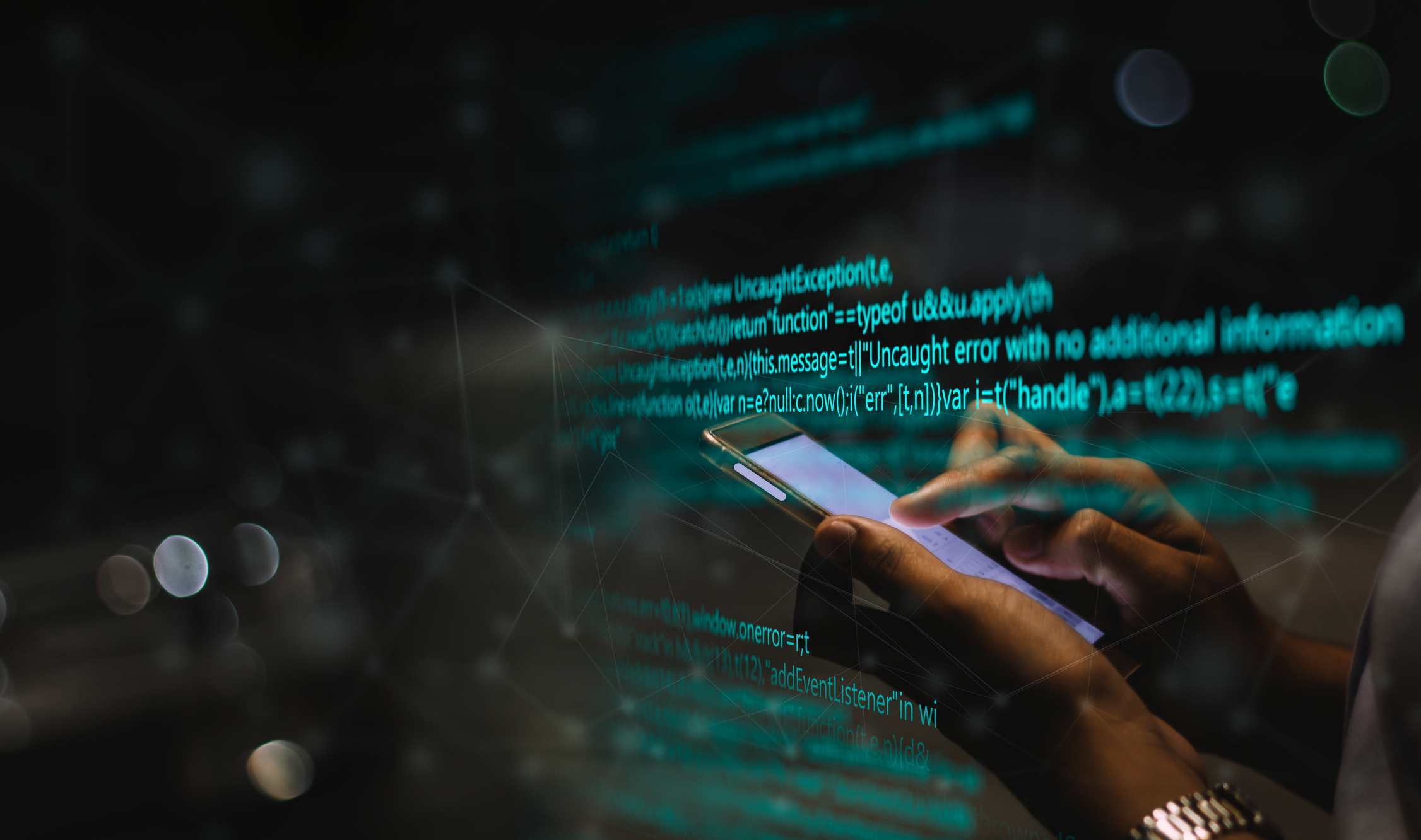The Essential Guide to Setting Up Secure Email Authentication

 By
Jason Miller
·
3 minute read
By
Jason Miller
·
3 minute read
The Essential Guide to Setting Up Secure Email Authentication
Email is a critical communication channel for every organization, but it's also one of the most targeted attack surfaces for cybercriminals. Spoofing, phishing, and impersonation attacks continue to rise, often exploiting weak or nonexistent email authentication setups. That’s why adopting secure email practices—starting with robust email authentication—is no longer optional. It’s essential.
Businesses that overlook email authentication expose themselves to serious risks: compromised data, damaged brand reputation, legal liability, and lost customer trust. However, with the proper setup and ongoing management, you can protect your email domain from abuse while ensuring reliable deliverability to your recipients.
Why Email Authentication Matters
Without authentication, your domain can easily be forged by malicious actors. Attackers can send emails that appear to come from your domain, tricking recipients into believing they're legitimate. This opens the door to:
- Phishing scams
- Business email compromise (BEC)
- Malware distribution
- Financial fraud
In many cases, recipients blame the brand being impersonated rather than the attacker, resulting in damaged trust that can be difficult to repair.
The Three Pillars of Secure Email Authentication
To build a strong foundation for secure email practices, you need to implement three core protocols that work together to authenticate outgoing messages and protect recipients from spoofed emails.
1. SPF (Sender Policy Framework)
SPF allows you to define which mail servers are authorized to send emails on behalf of your domain. When recipients receive your message, their email servers check the SPF record to verify that the sending server is permitted.
Key benefits:
- Reduces spoofing by unauthorized servers.
- Simple DNS-based configuration.
- Widely supported across email providers.
2. DKIM (DomainKeys Identified Mail)
DKIM uses cryptographic signatures to validate the authenticity of each email message. The sending server adds a digital signature to the message header. The recipient’s server then verifies this signature against the public key published in your DNS records.
Key benefits:
- Ensures email integrity by confirming the message wasn’t altered.
- Verifies domain ownership.
- Helps improve email deliverability.
3. DMARC (Domain-based Message Authentication, Reporting, and Conformance)
DMARC builds on SPF and DKIM by providing clear instructions on how email providers should handle messages that fail authentication. You can specify whether to:
- Monitor failed attempts
- Quarantine suspicious emails
- Reject unauthenticated messages entirely
DMARC also generates detailed reports, helping you monitor unauthorized email activity related to your domain.
The Business Impact of Proper Email Authentication
Implementing secure email authentication delivers several advantages beyond technical protection:
- Strengthens customer trust by demonstrating commitment to security.
- Reduces financial losses from phishing and BEC attacks.
- Improves email deliverability and marketing campaign effectiveness.
- Protects brand reputation against domain spoofing incidents.
- Ensures compliance with growing data privacy regulations.
The bottom line: secure email practices protect both your business and your customers.
Did you know?
According to industry studies, nearly 75% of all phishing attacks involve domain spoofing that could have been prevented with proper email authentication.
Getting Started with Secure Email Practices
Setting up email authentication requires a systematic approach. Here’s a simple roadmap:
- Inventory your sending sources: Identify all systems that send email on your domain's behalf.
- Configure SPF: Create an accurate SPF record that includes all legitimate mail servers.
- Implement DKIM: Set up DKIM signing for all outgoing email streams.
- Enable DMARC: Publish a DMARC policy and begin monitoring reports.
- Monitor and adjust: Review DMARC reports regularly and fine-tune your authentication records as needed.
Why Ongoing Monitoring Is Critical
Once your authentication protocols are live, the work isn’t finished. Cyber threats evolve, and new services may begin sending emails from your domain. Continuous monitoring ensures that:
- Unauthorized senders are detected quickly.
- Changes in your infrastructure are reflected in authentication records.
- Deliverability issues are resolved before they affect customers.
Without ongoing oversight, even well-configured authentication can become outdated or incomplete.
Partnering with Experts for Comprehensive Protection
While some businesses have in-house resources to manage email security, many benefit from partnering with security providers who specialize in secure email practices and domain protection. These experts offer:
- In-depth audits of your current email security posture.
- Assistance with complex multi-domain setups.
- Ongoing monitoring, reporting, and support.
- Quick response to new threats targeting your email systems.
With expert support, you can stay ahead of emerging threats while keeping your email ecosystem secure and trusted.
For organizations seeking a fully managed security solution that includes secure email authentication and protection, BitLyft’s True MDR provides comprehensive tools and expertise to safeguard your email and brand.
FAQs
What is email authentication?
Email authentication refers to technical protocols like SPF, DKIM, and DMARC that verify the legitimacy of emails sent from your domain, protecting against spoofing and phishing attacks.
Why do I need all three protocols: SPF, DKIM, and DMARC?
Each protocol addresses different aspects of email security. SPF verifies authorized servers, DKIM ensures message integrity, and DMARC sets policies for handling failed authentications. Together, they provide layered protection.
Can I set up email authentication on my own?
Many businesses can implement SPF and DKIM with basic technical knowledge, but DMARC setup and ongoing monitoring often benefit from expert assistance, especially for complex environments with multiple sending sources.
How often should I review my email authentication settings?
It's recommended to review your authentication records at least quarterly, or anytime you add new email services or infrastructure changes that affect outbound email traffic.
What happens if I don't implement email authentication?
Without authentication, your domain is vulnerable to spoofing attacks, phishing scams, reduced email deliverability, and potential damage to your brand reputation and customer trust.